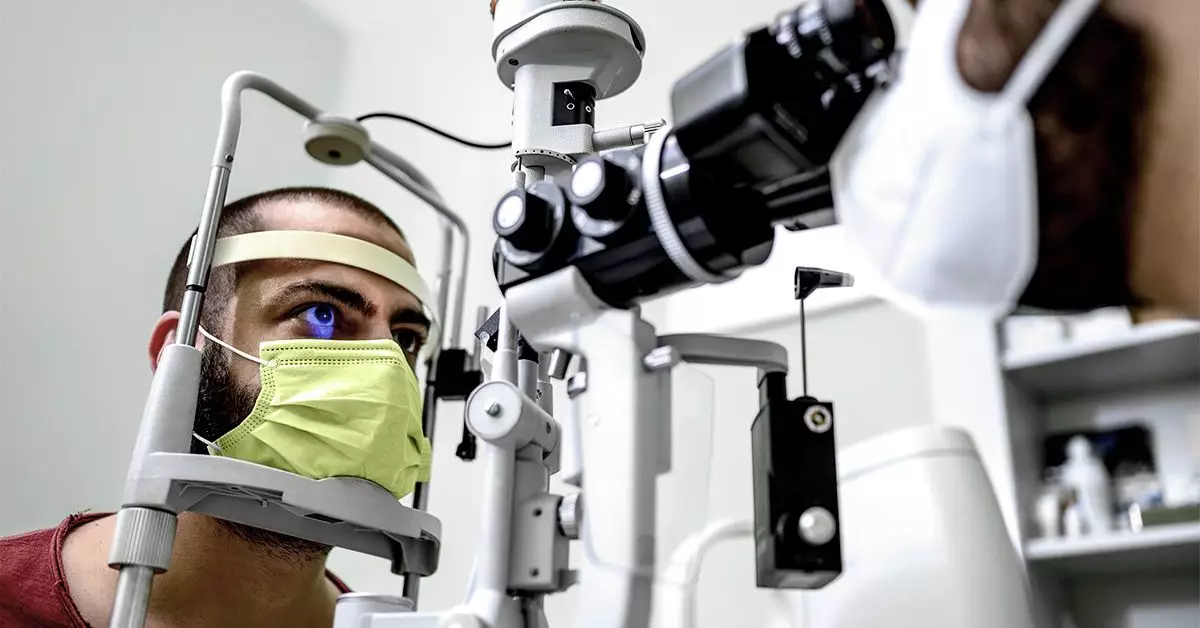Cataracts are a common ocular condition that significantly impacts vision, often leading to discomfort and alterations in daily life. This article delves into the various aspects of cataracts, covering the symptoms, underlying causes, types, risk factors, and guidelines for seeking medical attention.
At its core, a cataract refers to the clouding of the eye’s natural lens, which is crucial for focusing light onto the retina. This clouding is primarily caused by the aggregation of proteins within the lens, which hampers clarity of sight. Initially, individuals may not notice any symptoms when cataracts are in their early stages. However, as they progress, various visual changes become apparent. These may include blurry or cloudy vision, increased sensitivity to light, seeing halos around bright lights, and a gradual loss of color vibrancy. Such changes can greatly diminish the quality of life, making simple tasks like reading or driving increasingly challenging.
The age at which cataracts manifest can vary significantly among individuals, with age-related cataracts being the most prevalent. Typically, these begin developing after the age of 40, with symptoms gradually intensifying throughout the years. Younger individuals, including children, can also have cataracts, either congenital—present at birth—or acquired due to various risk factors such as eye injuries or underlying health conditions.
Importantly, while cataracts may appear in both eyes, they do not always progress simultaneously or exhibit identical symptoms. Hence, individuals may experience profound differences in vision between eyes, sometimes exacerbating the difficulty of daily activities.
Cataracts are not monolithic; they come in several types, each characterized by distinct features:
1. **Nuclear Cataracts**: These form in the nucleus or center of the lens. As they develop, they can cause the lens to take on a yellow or brown hue, significantly altering color perception.
2. **Cortical Cataracts**: These develop around the edges of the lens and typically manifest as white opacities that progress inward, potentially leading to issues with glare and significant vision distortion over time.
3. **Subcapsular Cataracts**: Located just beneath the lens capsule, these cataracts can emerge swiftly and may cause blurred vision, particularly when reading or in bright light conditions.
4. **Congenital and Traumatic Cataracts**: The former is present from birth, often due to genetic factors, while the latter results from physical injury, resulting in immediate clouding.
5. **Diabetic Cataracts**: High blood sugar levels can precipitate cataracts that take on a distinctive grayish-white appearance, often resembling a starburst pattern.
Understanding the specific type of cataract is crucial, as it informs the expected progression and potential response to treatment.
As soon as an individual encounters symptoms suggestive of cataracts, it is vital to consult a healthcare professional for a comprehensive evaluation. The National Eye Institute recommends that individuals over the age of 60 have routine eye exams every one to two years. During these visits, eye specialists perform dilated examinations, administering drops to widen the pupils for a thorough inspection of the lens and other eye structures.
If a cataract is diagnosed, the severity of symptoms will dictate the next steps. For early or mild cataracts, individuals may manage symptoms with solutions such as enhanced lighting for reading, updated prescriptions for glasses, and protective eyewear against glare. However, once day-to-day activities are impeded, surgical intervention becomes a more suitable option.
While not all cataracts are preventable, certain lifestyle adaptations can mitigate the risk. These include wearing sunglasses to shield the eyes from harmful UV rays, maintaining a healthy diet rich in antioxidants, quitting smoking, and managing chronic conditions like diabetes effectively. Regular eye examinations not only assist in early detection but also help maintain overall eye health.
Cataracts represent a significant concern for individuals of all ages, especially in the elderly. By recognizing symptoms early, understanding the types of cataracts, and knowing when to seek help, one can effectively manage this condition and preserve vision for years to come.

